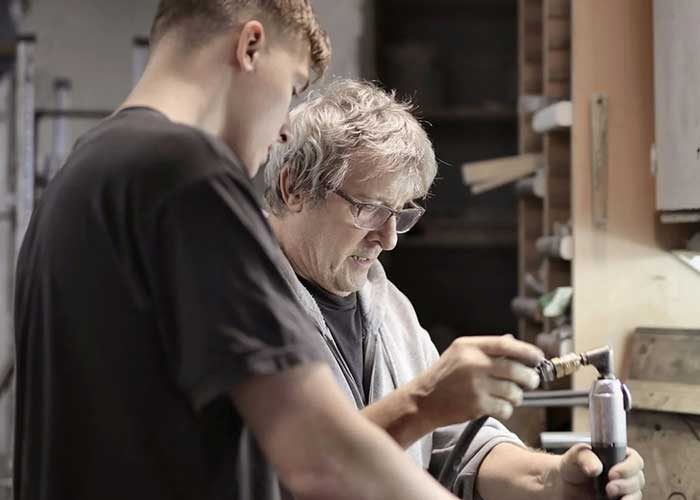Food Extruder
We provide an extensive range of snack production line solutions. Regardless of the uniqueness of your projects, our professional expertise will deliver the optimal option for you.
We provide an extensive range of snack production line solutions. Regardless of the uniqueness of your projects, our professional expertise will deliver the optimal option for you.
A twin-screw extrusion machine is capable of manufacturing diverse foods—such as snacks, breakfast cereals, puffed sandwiches, instant rice noodles, soups, bread, textured vegetable protein, candy, and low-cost components—and can create multiple new food types according to customers’ needs.


The twin-screw extruder is mainly used for producing puffed food. Developed based on the single-screw extruder, it features two side-by-side screws inside its barrel—hence the name „twin-screw extruder.“ Its emergence has replaced the traditional single-screw extruder, which is low in efficiency and cumbersome to operate, and it has quickly become the mainstream product among professional extruders.
Equipped with multiple functions (compressing, mixing, shearing, melting, sterilizing, puffing, molding), the twin-screw extruder completes all these processes in a very short time. Transforming the mold allows for unlimited adjustments to the product’s shape and size.
Model | SFE65-11 |
Installed capacity | 34.75 كيلو فولت أمبير |
Consumption Performance | 18 كيلو واط |
Performance | 150-160 كجم/ساعة |
Dimensions | 2480*880*130 مللي متر |
In food processing, cold extrusion refers to a process that combines mixing, kneading, dispersing, texturizing, dissolving, and shaping of food, with no heat involved, thus maintaining the food’s nutrients and sensory characteristics.
A broad variety of materials can be used in food extruders, such as different grains, proteins, and doughs. The compatibility between extruders and various materials can be verified by consulting the lists of specific machine and material types supplied by extruder manufacturers.
A variety of foods—including ready-to-eat snacks, breakfast cereals, baby food, pet food, and textured vegetable proteins—are produced using food extrusion. This process is crucial for creating foods with regulated shapes, textures, and flavors.
A food extruder operates by mixing, kneading, dispersing, texturing, dissolving, and shaping food products under high heat and pressure. This process allows food raw materials to be transformed into various textures and shapes.
